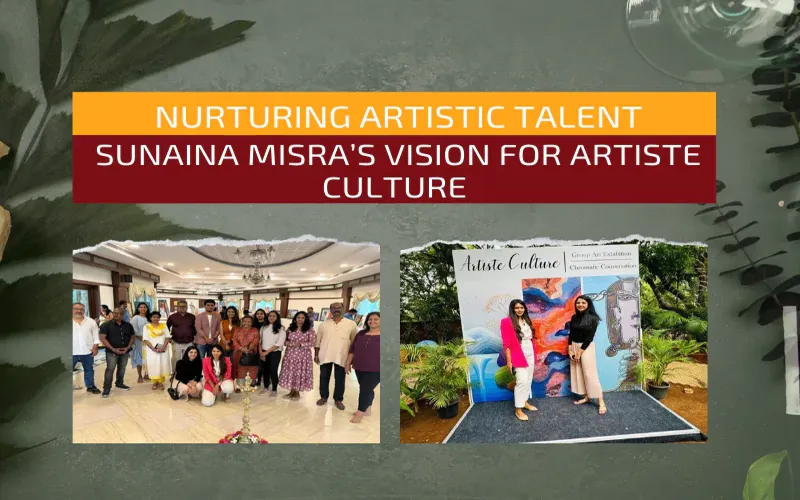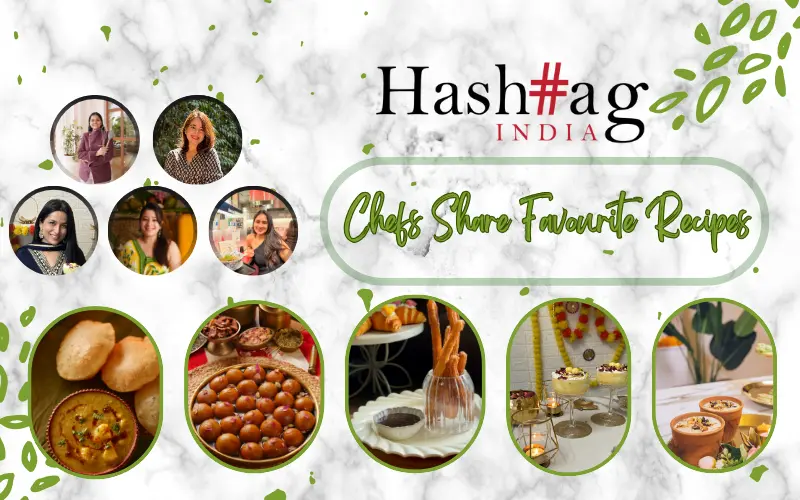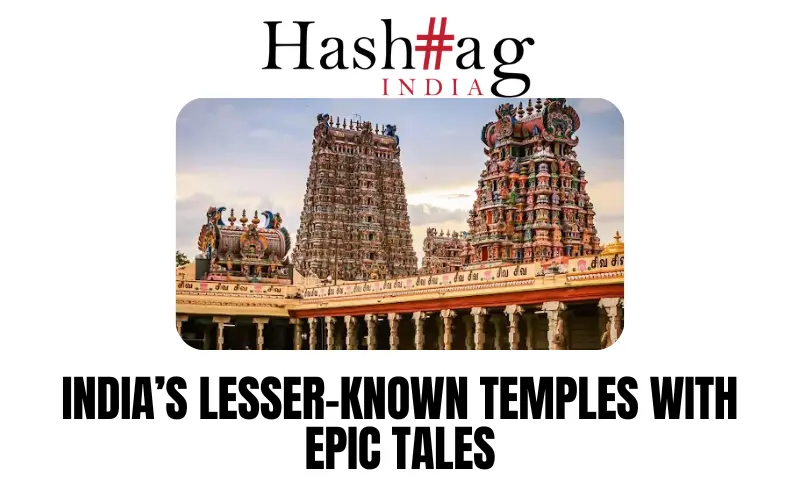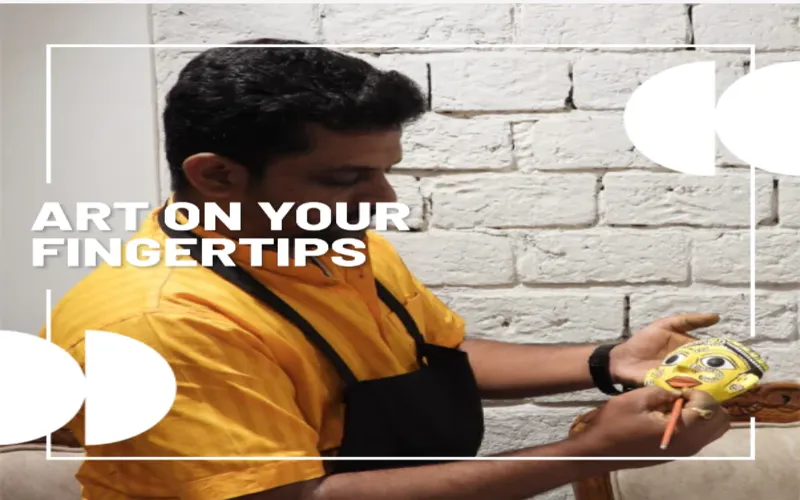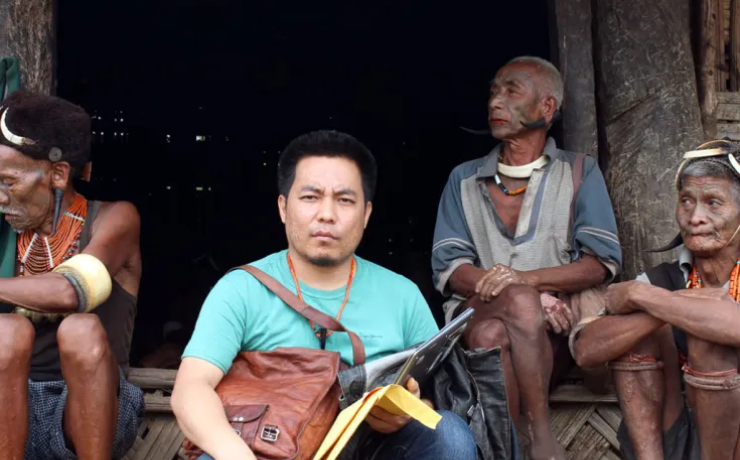In 2023, women artists from India achieved new heights and were lauded worldwide. With Amrita Sher-Gil’s work ‘The Story Teller’ becoming the most expensive Indian artwork ever sold, Google honouring Zarina Hashmi for her life’s work, and Nalini Malani winning the 2023 Kyoto Prize, Indian women artists in both modern and contemporary art are gaining momentum.
This year, contemporary Indian women artists continued to wield their creativity as a powerful force, shaping the art scene and contributing to the evolution of societal narratives. With 2024 upon us, the recognition and interest Indian women artists receive will only continue to rise. Sneha Gautam, Senior Vice President at AstaGuru Auction House, lists some eminent women artists whom art enthusiasts and collectors should watch for in this year.
Nalini Malani:
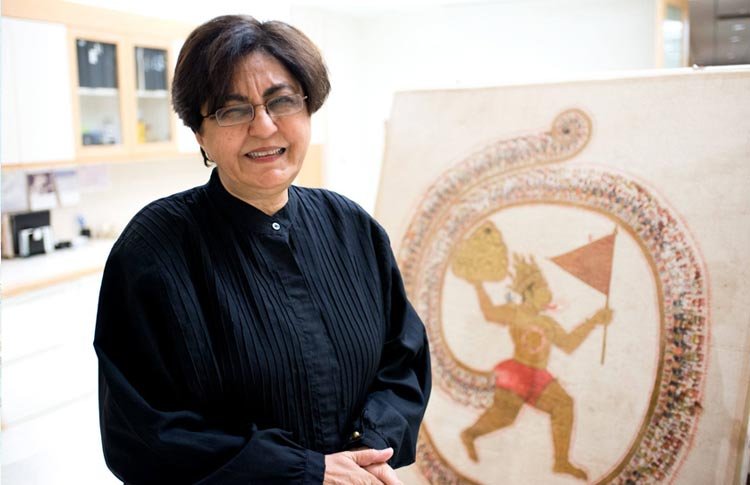
Among the trailblazers in the contemporary art scene who are making an impact on a global scale is painter and multimedia artist Nalini Malani, recognised for her innovative use of technology and distinctive visual language. Born in Karachi in 1946, she studied at Sir J.J. School of Arts and became one of India’s video art pioneers. Malani’s work often explores themes of feminism, war, and the human condition, challenging viewers to engage with complex issues in new and thought-provoking ways. Her dedication to seeing the artist as an activist and her exploration of womanhood through various media has indelibly impacted India’s contemporary art.
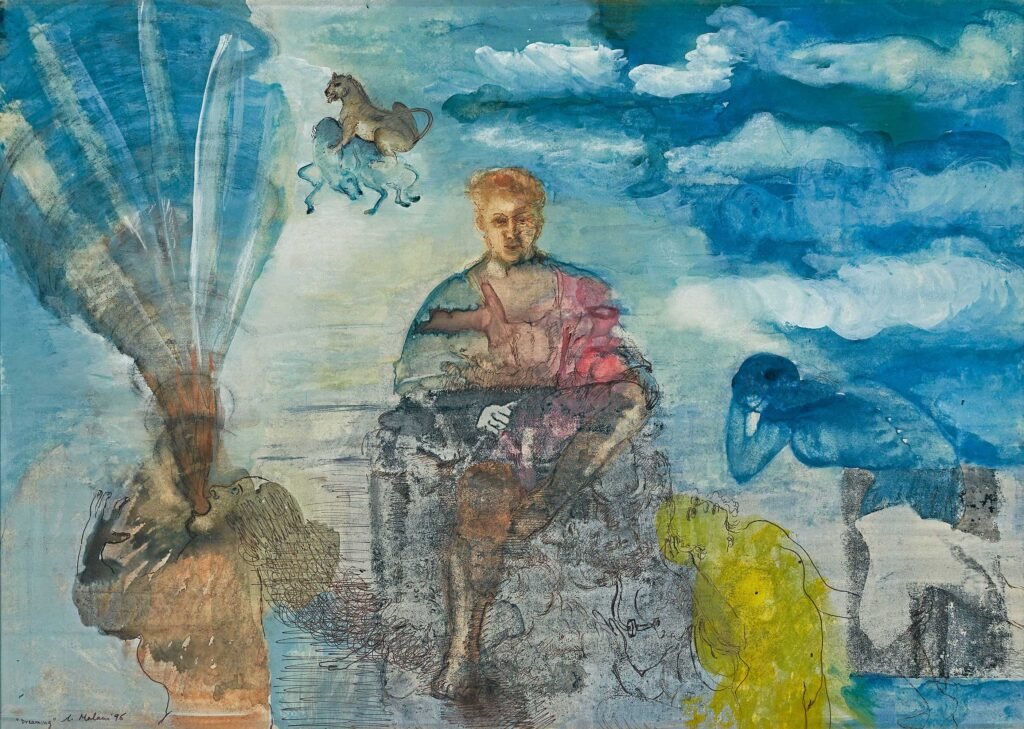
Bharti Kher:
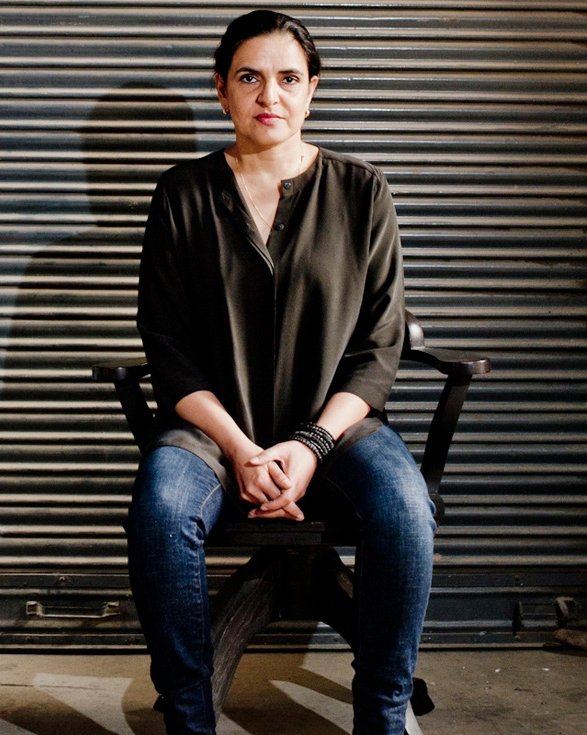
Influential contemporary Indian artist Bharti Kher was born in London to Indian immigrant parents in 1969. She captivates with her avant-garde creations that transcend traditional boundaries and is best known for works constructed with many bindis. Renowned for her thought-provoking sculptures and installations, Kher often explores themes of identity, mythology, and the female form. With a unique artistic vocabulary, she challenges conventional notions, using unconventional materials to craft narratives that resonate globally. She continues to push the boundaries of creative expression and contributes to a dynamic discourse on culture, gender, and the evolving face of contemporary art in India and beyond. The artist currently lives and works out of New Delhi.

Shilpa Gupta:
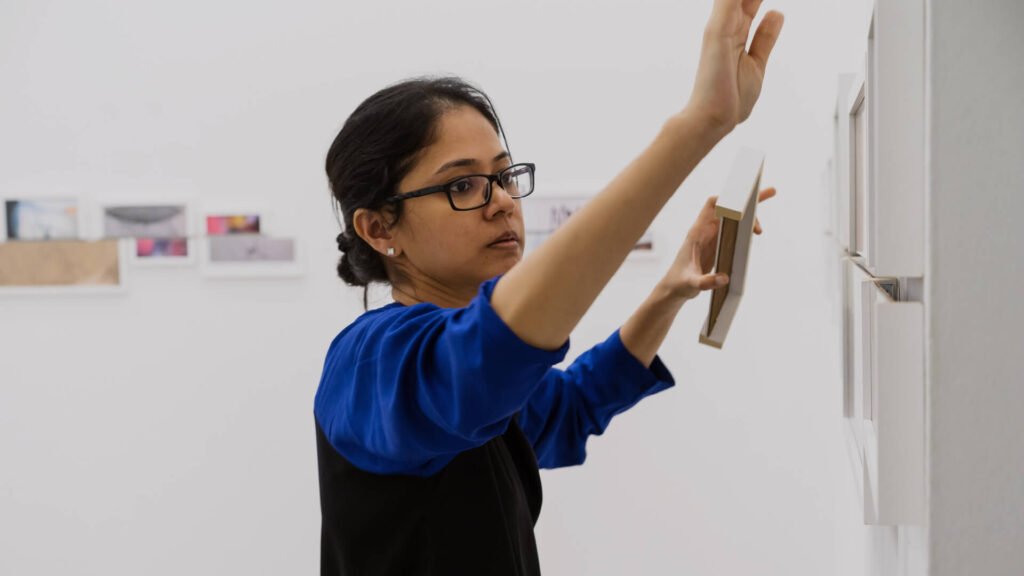
Born in Mumbai in 1976, Shilpa Gupta is known for her conceptual and socially engaged art. She completed her BFA in Sculpture from Sir J. J. School of Art in 1997. Utilizing text, ephemera, sound, and light, she creates works that explore the subjectivity of reality through subverting traditional media roles. In 2023, Gupta’s installations and interactive artworks have sparked conversations about identity, borders, and political realities. Her art transcends conventional boundaries, inviting viewers to participate in the dialogue and reflect on the interconnectedness of global issues.

Rekha Rodwittiya:

Celebrated for her evocative paintings that traverse the realms of feminism and socio-political commentary, Rodwittiya has established herself as a creative powerhouse. Born in 1958 in Bangalore, her work is characterised by vibrant colours, intricate detailing, and a distinctive style that fuses traditional and modern elements. Rodwittiya’s art often explores the complexities of female identity, challenging stereotypes and advocating for women’s empowerment. Her canvases serve as poignant reflections on the nuanced experiences of women in society. Rodwittiya’s works feature bright, bold colours with female figures and symbols, creating a rich tapestry. She currently lives and works in Baroda.
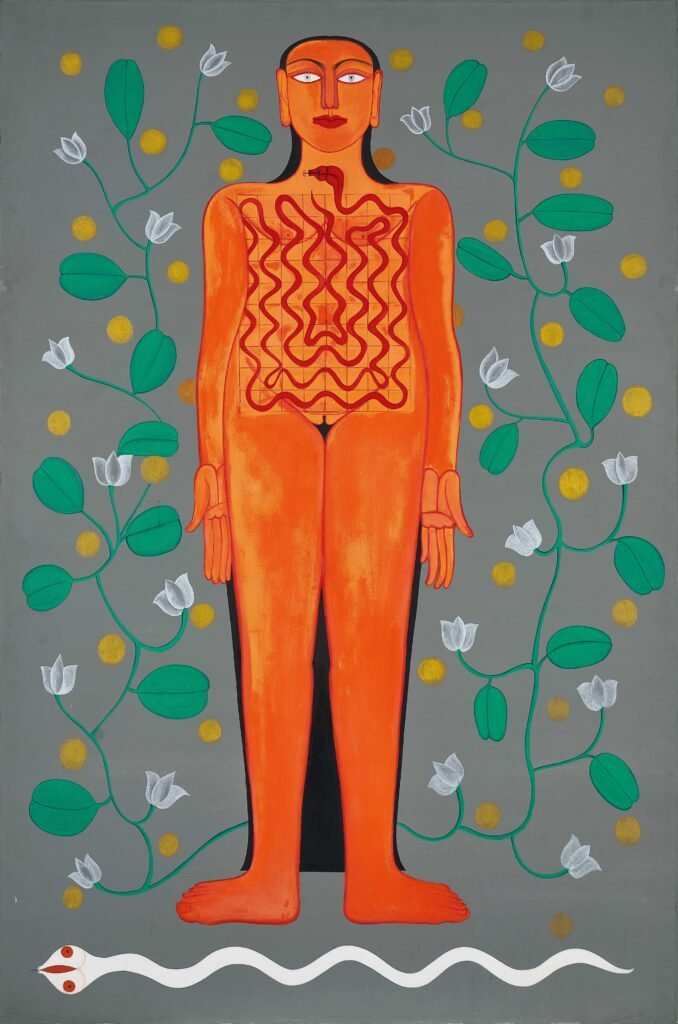
Anjum Singh:

Born to prolific artists Arpita and Paramjit Singh in 1976, Anjum Singh’s training first occurred in Santiniketan, after which she studied at the College of Art in New Delhi and Corcoran School of Art, Washington DC. Renowned for her intricate and vibrant paintings, Anjum Singh navigated the realms of abstraction, employing vivid colours and intricate detailing. Her art explored personal narratives, ecological degradation, urban landscapes, and the human condition. Singh’s journey with cancer influenced a powerful series of works, providing a poignant commentary on mortality and resilience. Through her innovative media use and profound introspection, Anjum Singh’s legacy endures even after passing in 2020, contributing to the rich tapestry of Indian contemporary art.






